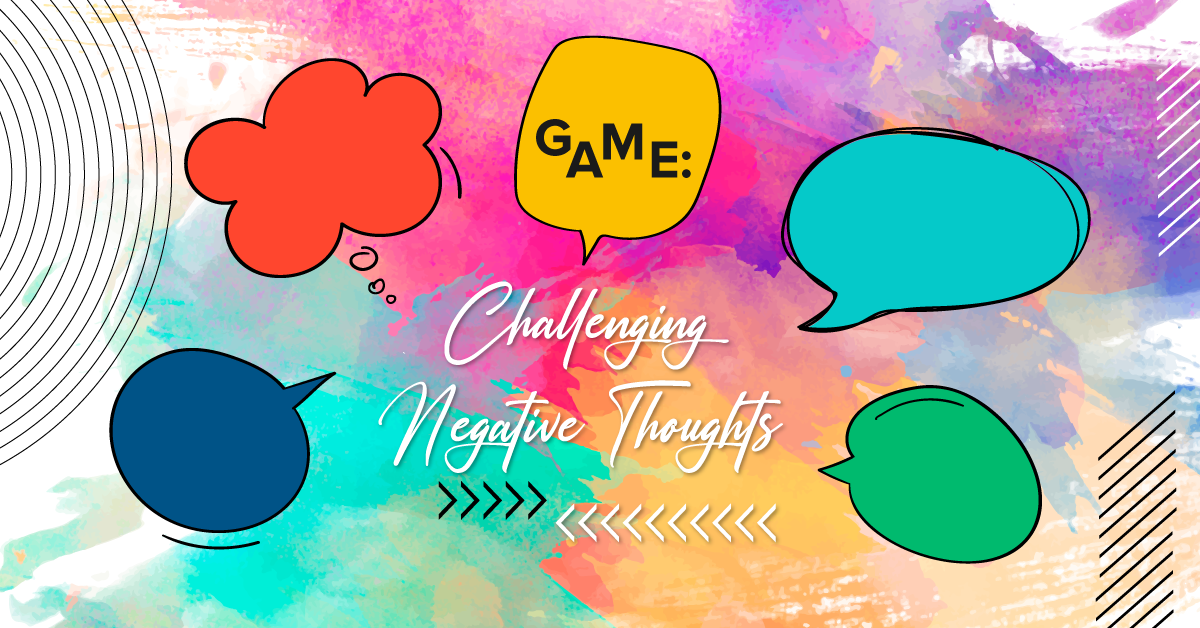Nine Questions Actors Needs to Ask Themselves
Uta Hagen held a lot of influence in 20th century American Theatre. She made her Broadway debut in 1938 in Anton Chekov’s The Seagull. She also acted against Marlon Brando in A Streetcar Named Desire. She also originated the role of Martha in Who’s Afraid of Virginia Woolf? Uta taught for years at the Herbert Berghof studio in New York. She instructed many well-known actors including Jack Lemmon, Matthew Broderick, and Al Pacino. She wrote two books on acting: Respect for Acting (1973) and A Challenge for the Actor (1991). When it came to the craft and technique of theatre, her career encompassed the four roles of actor, director, teacher, and writer.
In Respect for Acting, Uta identified 9 questions an actor should ask themselves as they prepare. It’s all about being as specific as possible. (Note: She reframed these questions into six steps in A Challenge for the Actor.)
1. Who am I?
Who is your character? Identify all the details: name/age, physical traits, education, personal opinions, likes, dislikes, fears, ethics, and beliefs.
2. What time is it?
The year, the season, the day, the minute. What is the significance of time?
3. Where am I?
Identify the country, the city/town, the neighborhood, the building, the room or the specific area of the room.
4. What surrounds me?
What is happening in the environment around you? Weather, landscape, people, animate/inanimate objects?
5. What are the given circumstances?
Identify events in the past, present, and future. What has happened, what is happening, what is going to happen?
6. What are my relationships?
This is more than your relationship to other people. Think about your relationship to objects, characters, and events.
7. What do I want?
What do you want immediately? What does the character want overall?
8. What is in my way?
What are the obstacles to getting what you want?
9. What do I do to get what I want?
What actions do you take (both physically and verbally)? What tactics?
These questions will give students a comprehensive list to follow with their character development. Start students off by having them answer these questions about their own life and then identify the answers for any character work they do.



